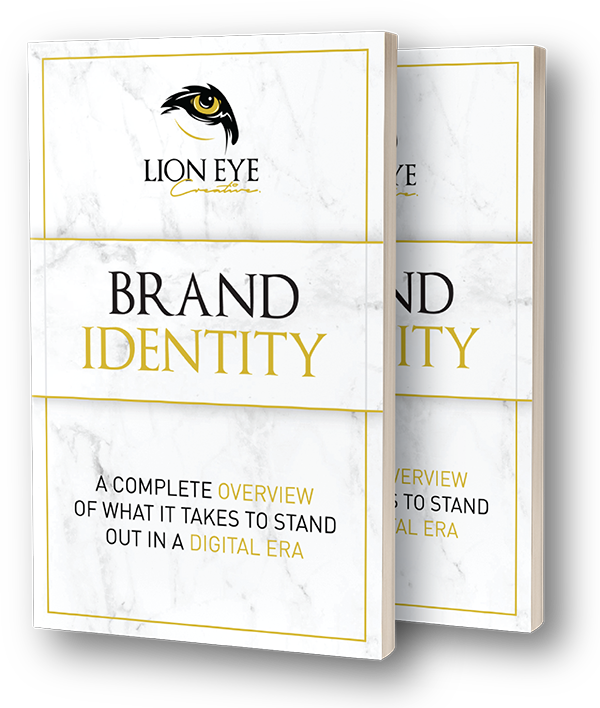
determining your brand voice & personality
Businesses need branding to become successful, achieve goals, and endure a strong ground in the market. In fact, the most trusted and beloved businesses value branding and understand its importance.
Businesses make an investment in building their brand voice and personality because it helps them create a consistent presence. Often, when people think about brands the first thing that comes in their minds is about the visuals. However, there are other elements that are being overlooked — brand voice and personality.
What is a brand voice?
Simply, brand voice refers to a business’s personality and emotion that is infused into how they reach out and communicate to their audience. This includes everything from the languages and words the business use. What is a brand personality?
What is a brand personality?
Another element of your business’s brand architecture is brand personality. To define this, it is a set of human characteristics that make up the brand name. Also, it is something to which your customers can relate by having a consistent set of qualities that a specific consumer segment appreciates.
Now you might be thinking about the different ways on how to determine your brand voice and personality. Here are easy and effective steps you can follow.
1. Gather a sample of your content
You would want to cast a wide net and gather everything from ebooks, social media calendar, and videos to come up with a critical eye on your content. Now, you should determine which of those samples could have come from your competitors and then, set those aside. Keep in mind that your goal is to cut down your samples to a small group that is unique to your brand, these should be samples of brand voice that you want to embody.
2. Describe your brand voice and personality
Now with this step, it is essential to work with your key content creators to review all your selected content samples and come up with a brand voice and personality that you want to embody. It is wise to discuss common themes across all those samples and group them into related categories.
Then, ask yourself these questions:
- Consider your brand a person, how would you describe its personality?
- How does your brand’s personality makes it different from the rest?
To create a sample to describe your brand’s voice and personality, you can use these three traits:
- Authentic – direct, engaging, genuine, and trustworthy
- Passionate – action-oriented, enthusiastic, expressive, and heartfelt
- Unique – contrarian, irreverent, and unexpected
3. Create a brand voice chart
Now that you’ve defined your brand’s voice and personality, it’s better to make an illustration to come up with a more concrete content using a brand voice and personality chart. You can consider the chart an essential reference tool to make sure that your content is consistent is using the same voice and personality.
To create your chart, use three rows for the primary traits stated above: (1) Authentic, (2) Passionate, and (3) Unique — which are accompanied by three columns: (1) Description, (2) Dos, and (3) Don’ts.
If necessary, you can add a row if there are any secondary trait that needs more explanation.
4. Make sure that your writers understand how to express your brand voice and personality
Sometimes, writers find it difficult to express how to present a brand’s voice and personality, probably because they lack information about it. To find a solution for this, schedule a meeting with your writers and know what information they need —because you’re the best person to tell them.
During your meeting, go through some samples of your content and tell them how you’d revise those so align and reflect your brand voice and personality.
5. Revisit and revise your brand voice and personality chart
Your brand voice and personality chart changes as your business does. Your brand’s message changes because there will always be new competitors arising in the market. You can revisit your chart on a quarterly basis and convene your key content creators to determine if any there are voice attributes that aren’t working well.
Conclusion
If you want to resonate well with your audience, determining your brand voice and personality is one of the most essential parts of branding architecture. This would not just give you a unique look but would also make you stand out amongst your competitors in the market.
For more info on how to step up your branding game, download our Brand Identity ebook.

Are you looking help in getting started in determining your brand voice and personality? Talk to one of our online branding specialists now!



